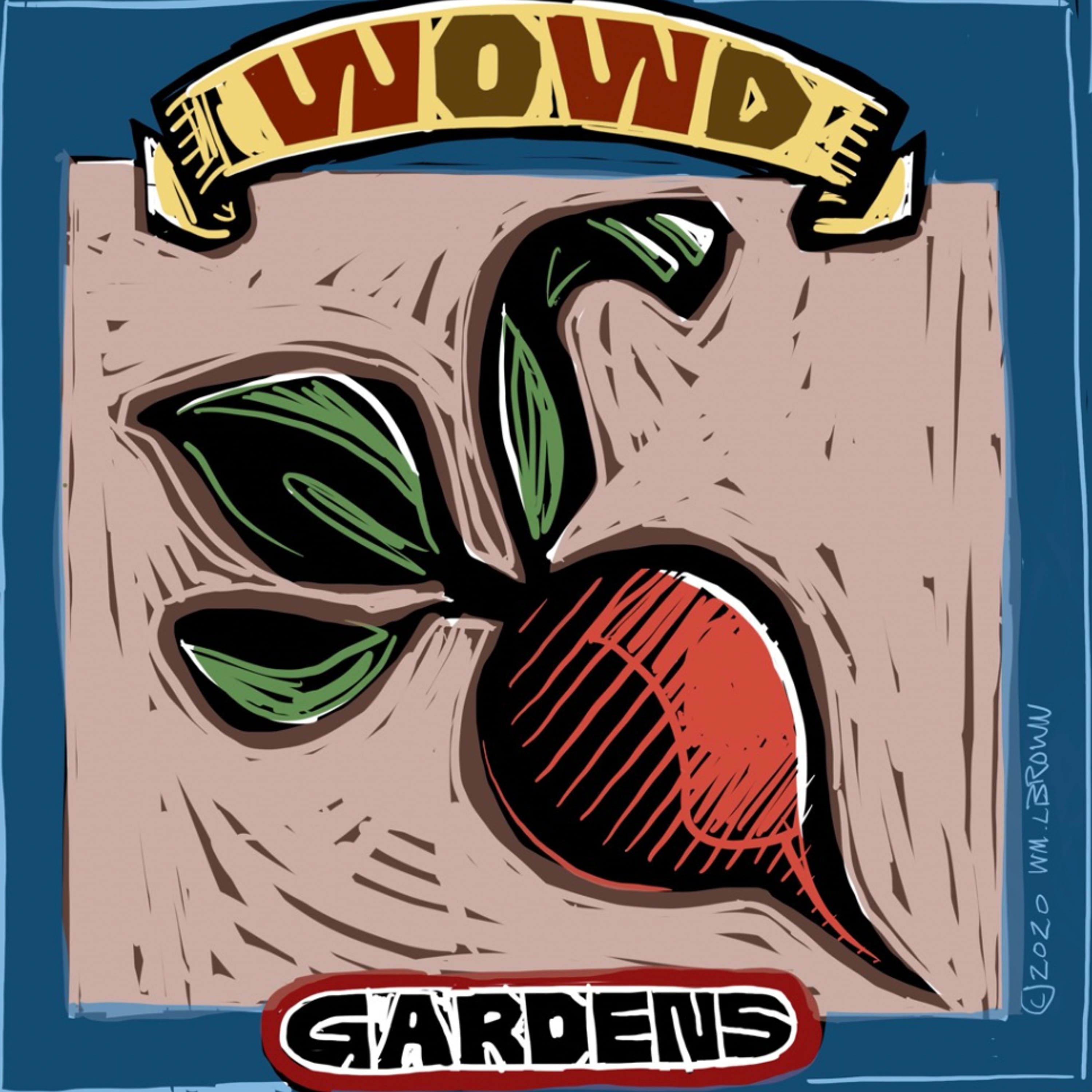
This is Weed and this is Wack with WOWDY Gardens. We’re an organic gardening show Focusing on doing it yourself in the garden to save money right and I’ve been Drinking way too much coffee. I’ve managed to cut back to one cup a day. I’m now down to one cup of real coffee and decaf the rest of the day and I’ve been drinking these delicious herbal teas and I started reading the ingredients on these herbal teas
And as I go down the list. I’m like, oh my goodness. I could grow that I grow I do grow that and you know, so I I do make teas out out of herbs in the backyard, but Not as much as I could so you’re thinking about doing it to save myself money because I’m I love to drink drink coffee all day and now I drink decaf all day and it’s getting a little expensive so I’ve always loved making sun teas and things like that
I’m going to experiment with making more hot and cold teas from herbs I grow and You know more about herbs than I do I’d like to read off a few of the ingredients I see on the back of my tea bags And let me tell and you just pipe in about whether you think we can grow it Yaro, I’m not familiar with that. Yeah, you can grow that easy
Daisy we I have that right back there. No, I’ve never used it in teas I see it in a lot of ingredients particular medicine Camamille we’ve grown that I’ve never grown up, but I’m going to look in a little white like Daisy with the right Lavender it’s like I’ve got never used it for a minute all kinds of varieties of men I’ve got that now now to be fair meant I do add to my Tees my my home
Brutees a lemongrass. I do want to grow that now you grow lemon balm That’s on the list. I have a quaker tea. I have lemon balm and it spreads like mint spreads everywhere. So I have that now this one anis is I have anis and this one anis yeah, and his sock yeah, I love the licorice flavored herbal teas
I’ve never grown it, but that stevia. Yeah, that’s what sweetens and lemon balm of course Stevia boron borage borage is another hops. I’m noticing we grow that you grow that rose hips and rose petals now I have roses, but I It’s not going to kill you from what I’ve read, but it is a certain type of road that that’s sweeter than others So you could do that
I’ve seen rose hips as grown at the shore that were really big poppy that might be one that’s sweet because of all the rosemary sage I always mispronounce the nasturtium nasturtium abysses ginger ginger’s on my list I make a I slice my own ginger and put it in hot water and drink that every day So I already do that, but the list goes on and on I’m only halfway through you got B bomb. I mean it just goes
Pineapple’s aged sandwich uranium’s It goes on and on and on so I’m taking over I’m making a pledge that I’m going to drink I’m going to buy less expensive decaf and drink more Stuff either fresh or dried that I’ve grown in my own backyard and grow those plants on that list Yeah, so my takeaways would be Look at your tea your herbal tea
I mean the list goes on and on like if you were to walk into an herbal Med shop, I mean the walls are just covered in a
with all kinds of things now there are a lot of these are bitter and not going to be taste good So I’m after things that actually sort of taste good because a chicory is a substitute for coffee because I’m an addict to having a mug in my hand all day long that mug used to be filled with coffee now I want it filled with with stuff like bro Thanks for indulging me folks grow our own teas about my own little less money pet project of trying to
Drink more teas and stuff that I grow myself because you can’t grow we can’t grow coffee I would if you could. Oh, I was down and visiting my daughter in New Orleans. I walked into her backyard There’s a lemon tree going there. I’m my yeah lemon trees I’d like to experiment
Lemon every morning. Yeah, anyway, we’re blabbing here. Thanks for listening to our our yak and about an herbal tea garden Yeah, this is a tease this is about it. This is weed signing off This is whack from where any garden is join us next week and we’ll be back